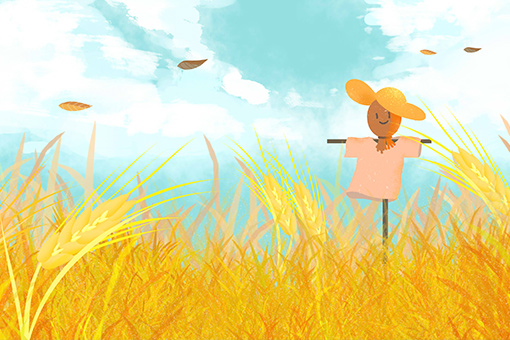Buddhism has a number of very special methods for overcoming suffering. With practice, the methods help us purify our mind and reach a higher state of attainment. In the short run, we can alleviate our stress; ultimately we can be free of the suffering of birth, aging, illness, and death.
In the past, people used to think Buddhism denotes pessimism and passivity, and teaches escape from the real world. Actually, that is not the case. The Buddhist understanding of human suffering goes well beyond this view. Buddhism is not passive; on the contrary, the Buddhist view on life, suffering, and happiness is intimately connected with the real world. We can all benefit greatly if we understand some of its concepts.
~Depicted from ARE YOU READY FOR HAPPINESS - Suffering is just a Paper Tiger











